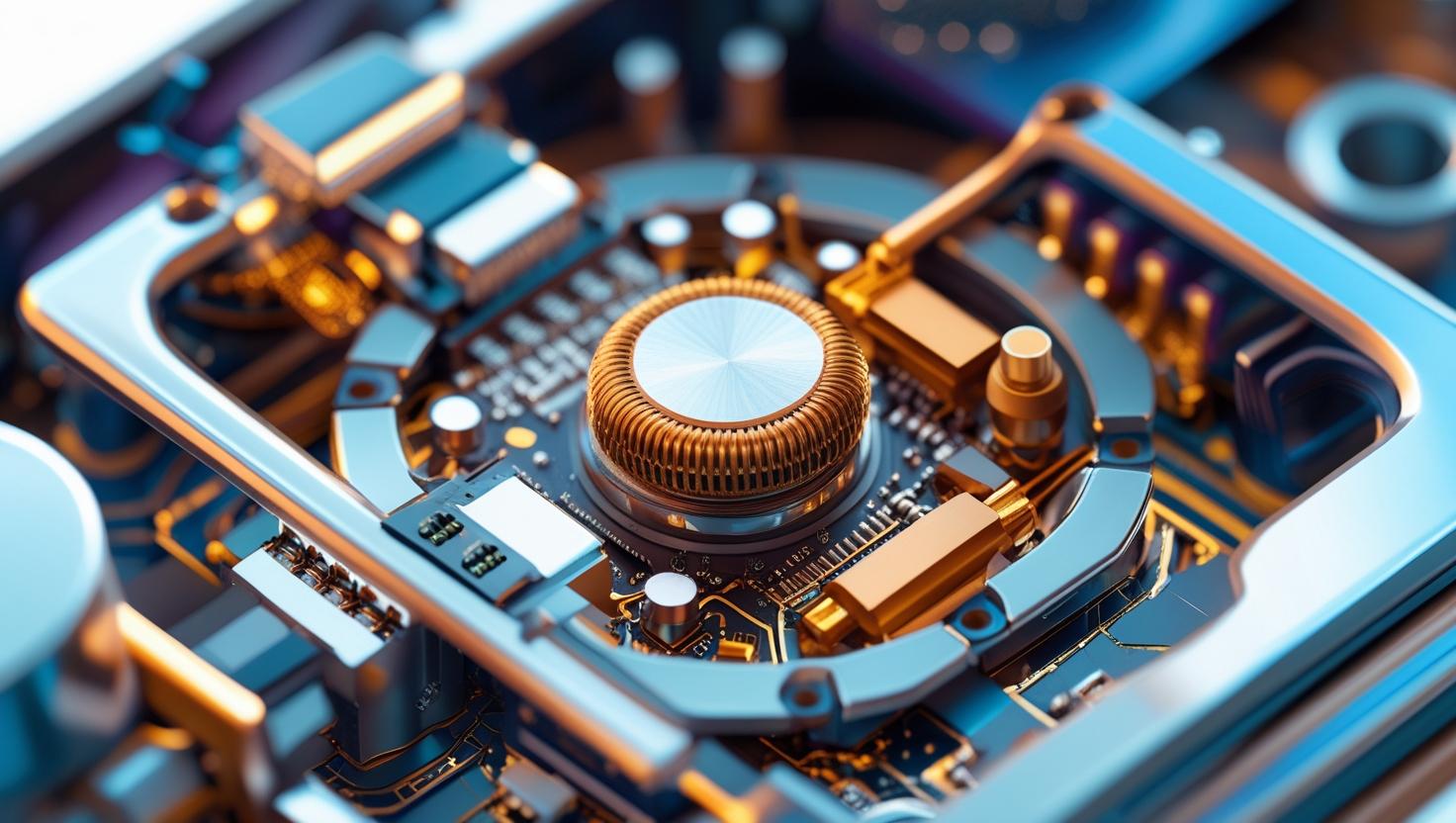As the global demand for efficient energy management, electrification, and real-time monitoring accelerates, the magnetic current sensor market is entering a period of significant transformation and expansion. With applications across renewable energy, electric vehicles, industrial automation, and power systems, magnetic current sensors are becoming foundational to the next generation of intelligent electrical systems.
Emerging innovations in sensor technology—ranging from Hall-effect and flux gate sensors to advanced magnetoresistive types—are enabling new levels of precision, safety, and integration. By 2030, the market is expected to witness strong growth across all major segments, fueled by rapid shifts in energy infrastructure, power electronics, and smart grid technologies. The global magnetic current sensor market is projected to grow from USD 1.98 billion in 2025 to USD 3.51 billion by 2030, at a CAGR of 12.1%
Sensor Types: From Legacy Hall-Effect to Advanced Magnetoresistive Solutions
The magnetic current sensor market is increasingly defined by technological diversity, with each sensor type offering specific advantages for different applications.
Hall-effect sensors, long considered the industry workhorse, remain popular due to their robustness, simplicity, and cost-efficiency. They’re widely used in automotive, industrial, and consumer electronics. However, as the need for higher sensitivity and lower power consumption rises, alternatives like flux gate sensors are gaining traction—especially in environments demanding extremely low noise and high accuracy, such as medical instrumentation and aerospace systems.
The future belongs to the magnetoresistive technologies, including Anisotropic Magnetoresistance (AMR), Giant Magnetoresistance and Tunnel Magnetoresistance. These next-gen sensors offer enhanced linearity, fast response times, and compact form factors, making them ideal for applications like battery management systems (BMS), IoT-enabled devices, and renewable energy converters. Giant Magnetoresistance and Tunnel Magnetoresistance, in particular, are expected to see rapid adoption in high-frequency switching circuits and miniaturized embedded systems, where conventional sensors fall short.
Open-loop vs Closed-loop: Trade-offs Between Cost and Accuracy
Magnetic current sensors are typically classified into open-loop and closed-loop (compensated) types. Open-loop sensors are valued for their simplicity, smaller size, and lower cost, which makes them suitable for general-purpose applications like motor control, HVAC systems, and home appliances.
However, the future of high-performance energy applications—particularly in renewables, EVs, and power quality monitoring—leans strongly toward closed-loop sensors, which offer superior linearity, bandwidth, and thermal stability. With their ability to provide accurate and drift-free measurements under varying environmental conditions, closed-loop sensors are expected to dominate high-precision sectors by 2030.
Download PDF Brochure https://www.marketsandmarkets.com/pdfdownloadNew.asp?id=187942507

Industry Trends: Renewable Energy and Photovoltaic Systems Leading the Charge One of the most significant growth areas for magnetic current sensors is the renewable energy sector, especially in solar photovoltaic (PV) systems. As global solar adoption scales, the demand for precise current monitoring in inverters, converters, and battery storage systems is skyrocketing.
Magnetic current sensors provide a non-intrusive, safe, and reliable way to measure high DC and AC currents in solar arrays and hybrid energy systems. Advanced TMR and flux gate sensors are particularly well-suited for MPPT (Maximum Power Point Tracking) and grid-tied inverter systems, where high-speed, noise-free feedback is critical for optimizing performance and safety.
Beyond solar, magnetic current sensors are becoming essential in wind energy, hydroelectric, and smart grid infrastructure, where real-time diagnostics, fault detection, and energy forecasting require accurate and scalable current sensing solutions.
Emerging Opportunities: Electrification, EV Infrastructure, and Industry 4.0 The global shift toward electrification of transport and infrastructure presents a massive opportunity for magnetic current sensors. Electric vehicles (EVs), in particular, rely on current sensing across battery systems, motor drives, on-board chargers, and power inverters. The growing complexity of EV architectures demands sensors that are both highly accurate and immune to external magnetic fields, giving rise to new designs based on Giant Magnetoresistance and Tunnel Magnetoresistance technologies.
Looking Ahead: What Will Shape the Market Through 2030?
The next five years will define a new era for the magnetic current sensor industry —one focused on miniaturization, integration, and intelligence. Key trends that will shape this evolution include:
- Adoption of AI and edge computing for smart current sensing and predictive analysis.
- Integration of sensors into ASICs and custom modules for space-constrained applications.
- Development of wide-bandgap power electronics (SiC, GaN) requiring faster and more precise current sensing.
- Expansion of EV charging infrastructure, with high-current sensors embedded in fast chargers and grid interfaces.
- Growing demand for energy monitoring in residential and commercial buildings, tied to sustainability and ESG mandates.
As new use cases emerge and performance expectations rise, sensor manufacturers will need to invest in R&D, vertical integration, and cost-effective fabrication methods to remain competitive. At the same time, regulatory bodies and energy policymakers are expected to mandate tighter current monitoring and safety protocols, further driving demand.
The magnetic current sensor market is transitioning from a utility component to a strategic enabler of energy intelligence across industries. As renewable energy, electrified mobility, and smart infrastructure become dominant global trends, the need for fast, accurate, and reliable current sensing will only intensify. By 2030, technologies like TMR and GMR will move from niche applications into the mainstream, reshaping how electricity is measured, managed, and monetized in a connected, decarbonized world.
The Top magnetic current sensor companies includes Tier I and II players, such as:
- Allegro MicroSystems, Inc. (US),
- Infineon Technologies AG (Germany),
- TDK Corporation (Japan),
- Asahi Kasei Corporation (Japan),
- LEM International SA (Switzerland),
- Melexis (Belgium), and TAMURA Corporation (Japan), among others.
